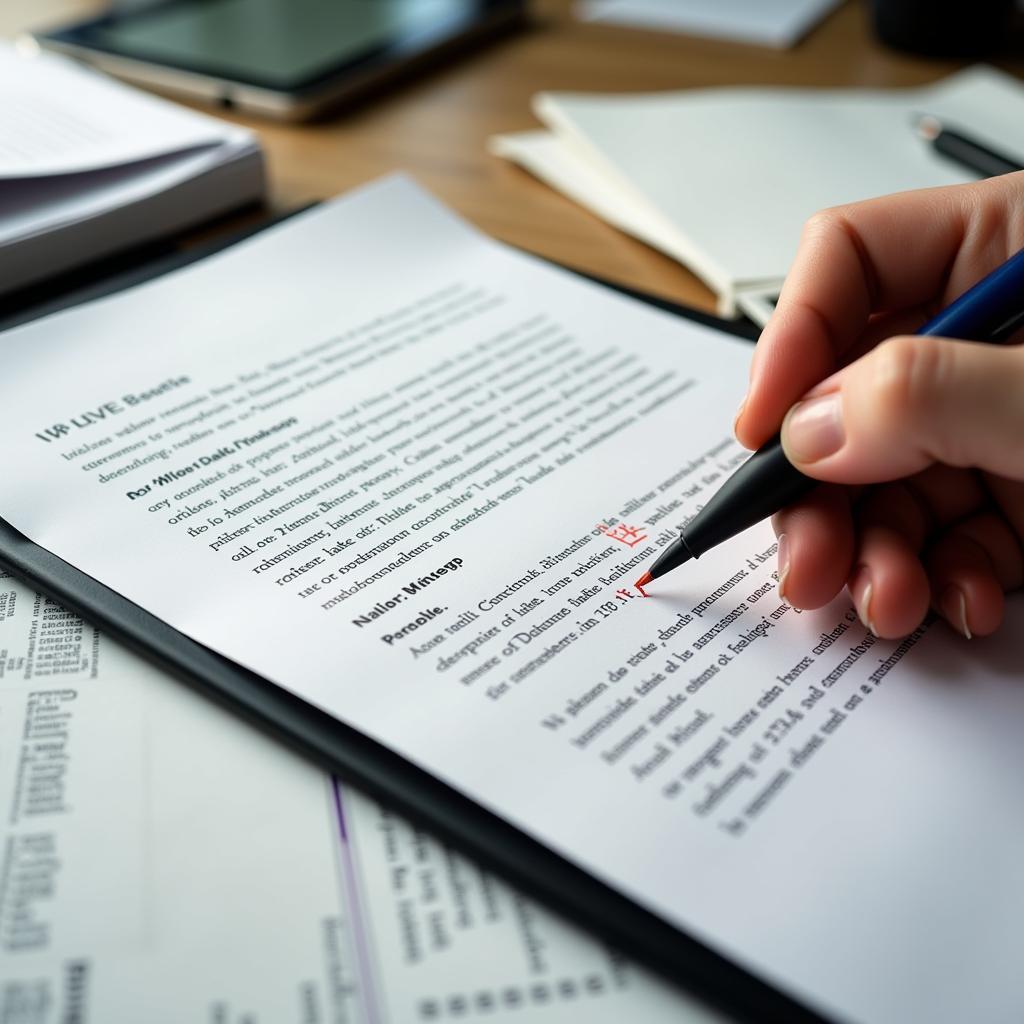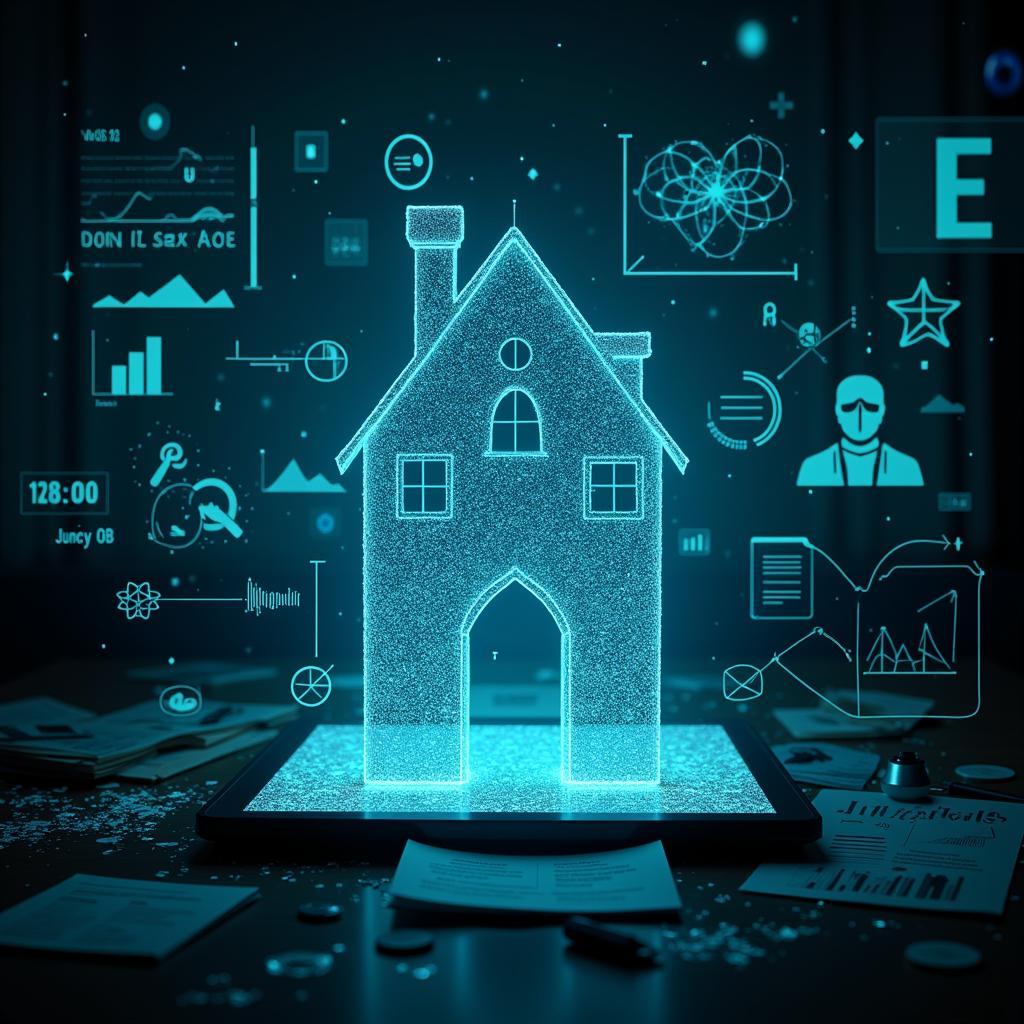Dry Lab Research, a cornerstone of scientific inquiry, takes on a unique dimension when applied to the enigmatic realm of the paranormal. While traditional dry labs hum with the precision of instruments and the analysis of tangible data, their paranormal counterparts delve into the ethereal, seeking patterns and insights within anecdotal accounts, historical records, and subjective experiences.
 Paranormal Dry Lab Research
Paranormal Dry Lab Research
Bridging the Gap Between Science and the Supernatural
Dry lab research in paranormal investigation aims to bridge the gap between the scientific method and unexplained phenomena. It involves the systematic collection, organization, and analysis of non-physical evidence, employing rigorous methods to identify trends, correlations, and potential explanations for paranormal occurrences.
This approach distinguishes itself from field research, which often involves direct interaction with potentially haunted locations or attempts to capture evidence through electronic voice phenomena (EVP) recordings or electromagnetic field (EMF) readings. Dry lab research, however, focuses on existing data, utilizing a deductive reasoning approach akin to detectives piecing together clues to solve a mystery.
Delving into the Data: Methods and Applications
Paranormal researchers employing dry lab techniques utilize a variety of sources:
- Historical Archives: Examining old newspapers, diaries, letters, and official records for accounts of unusual events, apparitions, or unexplained phenomena associated with specific locations or individuals.
- Witness Testimonies: Collecting and analyzing first-hand accounts from individuals claiming paranormal experiences, paying close attention to details, consistency, and potential psychological factors.
- Folklore and Legends: Investigating local legends, myths, and oral histories for recurring themes, motifs, and potential connections to real-world events or locations.
- Photographic and Video Analysis: Scrutinizing images and footage purportedly capturing paranormal activity, applying image enhancement techniques and assessing their authenticity.
- Cross-Referencing Data: Comparing and contrasting data from multiple sources to identify patterns, anomalies, and potential connections that might otherwise go unnoticed.
 Analyzing Paranormal Data
Analyzing Paranormal Data
The Importance of Critical Evaluation
One of the cornerstones of dry lab research, especially within the controversial field of paranormal investigation, is maintaining a critical and objective perspective. Researchers must be wary of:
- Confirmation Bias: The tendency to favor information that confirms pre-existing beliefs and dismiss evidence that contradicts them.
- Hoaxes and Misinterpretations: The possibility of fraudulent claims or misinterpretations of natural phenomena as paranormal activity.
- Subjectivity of Experiences: Recognizing that personal experiences, while valuable, can be influenced by individual beliefs, cultural background, and psychological factors.
By employing a skeptical yet open-minded approach, dry lab research helps separate genuine anomalies from explainable occurrences, paving the way for a deeper understanding of the unexplained.
The Future of Dry Lab Research in Paranormal Studies
As technology advances and access to information expands, dry lab research is poised to play an increasingly significant role in paranormal studies.
- Digital Archives and Databases: Online databases of historical records, witness testimonies, and paranormal investigations offer vast resources for researchers to explore.
- Data Mining and Analysis Tools: Software programs can analyze large datasets to identify patterns and correlations that might not be readily apparent to the human eye.
- Interdisciplinary Collaboration: Collaborations between paranormal researchers, historians, psychologists, and scientists from other fields can bring fresh perspectives and analytical techniques to the field.
 The Future of Paranormal Research
The Future of Paranormal Research
Conclusion
Dry lab research provides a valuable framework for exploring the mysteries of the paranormal world. By embracing a data-driven approach, maintaining a critical eye, and leveraging technological advancements, researchers can continue to shed light on the unexplained, inching closer to unraveling the enigma of the supernatural. While definitive answers may remain elusive, the pursuit of knowledge and understanding through rigorous research remains an essential aspect of the quest to comprehend the unknown.
FAQ
1. What is the primary difference between dry lab research and field research in paranormal investigation?
Dry lab research focuses on analyzing existing data and historical records, while field research involves on-site investigations and attempts to capture evidence in real-time.
2. What are some challenges faced by researchers conducting dry lab research in the paranormal field?
Challenges include navigating misinformation, avoiding confirmation bias, and discerning genuine anomalies from hoaxes or misinterpretations of natural phenomena.
3. How can technology contribute to the future of dry lab research in paranormal investigation?
Digital archives, data mining tools, and online platforms for collaboration offer exciting possibilities for expanding the scope and depth of paranormal research.
If you have any further questions or require assistance with your own Paranormal Research, please do not hesitate to contact us. Our team of experts is available 24/7 to provide guidance and support. Call us at 0904826292, email us at research@gmail.com, or visit us at No. 31, Alley 142/7, P. Phú Viên, Bồ Đề, Long Biên, Hà Nội, Việt Nam.